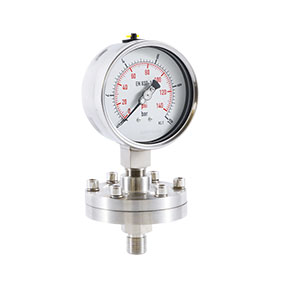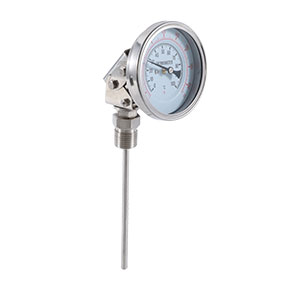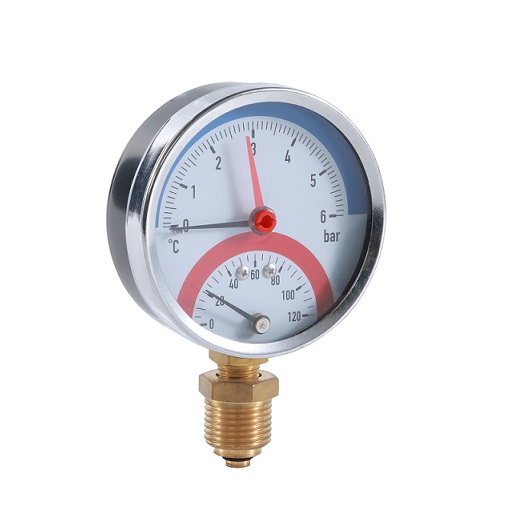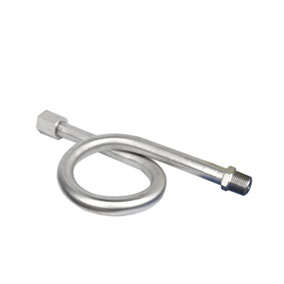Design Rationale of Capillary Thermometers: A Comprehensive Analysis
Capillary thermometers have been integral tools in temperature measurement for many years, featuring a distinctive design characterized by a narrow tube filled with a temperature-sensitive liquid. This paper aims to provide an in-depth exploration of the design rationale behind capillary thermometers, elucidating the scientific principles, advantages, and specific considerations that contribute to their unique construction.
- Introduction: Capillary thermometers have maintained their relevance and utility in diverse industries due to their distinctive design. This paper aims to delve into the reasons behind the specific design choices of capillary thermometers, shedding light on the principles that govern their construction and the advantages they offer in various applications.
- Operating Principles: At the core of the capillary thermometer design lies the principle of thermal expansion and contraction. The temperature-sensitive liquid within the capillary tube reacts to changes in temperature, causing the meniscus to move along a calibrated scale. This fundamental principle underpins the entire design, enabling accurate temperature measurement.
- Advantages of Capillary Design: The capillary design imparts several key advantages to these thermometers. The narrow capillary tube allows for enhanced sensitivity, as even small temperature changes result in noticeable movements of the liquid column. This design also facilitates rapid response to temperature fluctuations, making capillary thermometers suitable for dynamic environments.
- Material Selection and Construction: The choice of materials for both the capillary tube and the temperature-sensitive liquid is crucial. Mercury, for example, is often selected for its high thermal conductivity and wide temperature range. The materials must be compatible with the desired temperature range and application, ensuring accuracy and reliability.
- Versatility for Specific Applications: Capillary thermometers can be tailored for specific applications, showcasing their versatility. Different liquids and tube materials can be chosen based on the intended use, allowing for customization in laboratory, industrial, and other specific settings.
- Robustness and Durability: The simplicity of the capillary thermometer design contributes to its robustness and durability. With no complex electronic components, these thermometers are less prone to mechanical failures and damage. This robustness enhances their reliability in diverse environments.
- Calibration and Accuracy: Capillary thermometers are known for their high accuracy, often requiring minimal calibration. The linear relationship between temperature and the movement of the liquid column ensures consistent and precise readings, making them reliable tools for temperature measurement.
- Environmental Considerations: The design of capillary thermometers also considers the environment in which they will be used. Their straightforward design makes them suitable for various conditions, and their durability ensures reliable performance even in challenging settings.
- Conclusion: In conclusion, the design rationale of capillary thermometers is rooted in fundamental scientific principles, offering advantages such as enhanced sensitivity, rapid response, and versatility. Material selection, customization for specific applications, robustness, and high accuracy contribute to the enduring utility of capillary thermometers in diverse temperature measurement scenarios. Understanding the intricacies of their design enhances their effective use and underscores their significance in scientific, industrial, and everyday applications.




